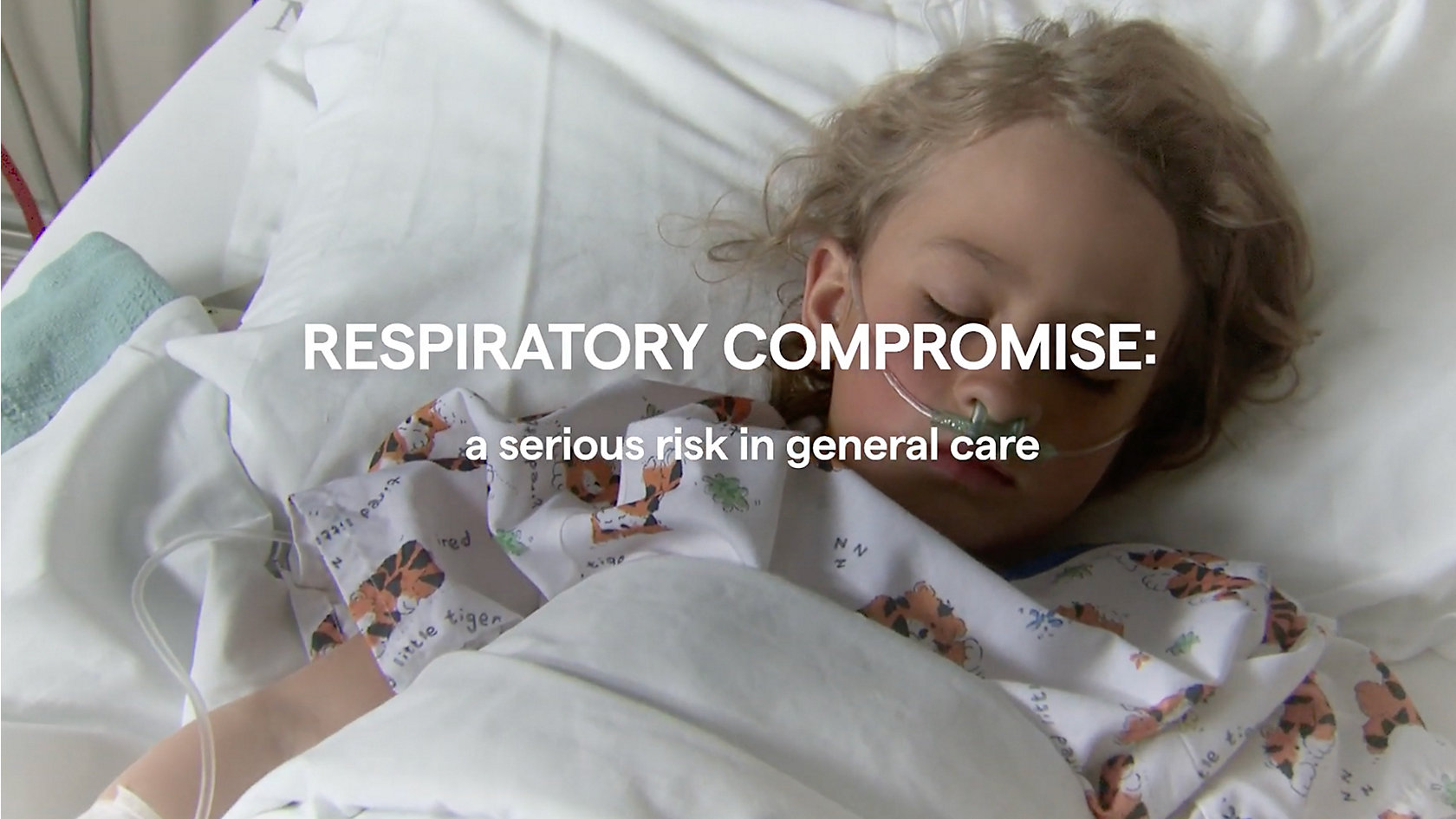Reduce Hospital Length of Stay
When it comes to hospital length of stay, shorter is better.
It’s better for patients, who want to avoid complications like respiratory infections1 and pressure injuries2 that are common during immobility. And it’s better for hospitals, where the average ICU stay of 6-9 days3 can cost up to $32,419.4
Proven mobility tools and protocols can help you get your patients moving earlier and often, so they can recover faster. They’ve helped hospitals like yours see:
lower overall hospital costs5
shorter hospital length of stay5
shorter ICU length of stay5
fewer ventilator days6
30%
lower overall hospital costs5
33%
shorter hospital length of stay5
36%
shorter ICU length of stay5
46%
fewer ventilator days6
Detect Patient Deterioration Earlier
Signs of deterioration can be detected as early as 6 to 8 hours before an event or arrest.7
With the right intelligence, keeping your patients on the path to recovery isn’t a question of if—but when. Continuous patient monitoring can help you spot indicators before they become emergencies. In fact, it’s been shown to help hospitals achieve:
shorter ICU stays for med/surg transfer patients8
shorter med/surg stays8
Up to 86%
reduction in code blues8
45%
shorter ICU stays for med/surg transfer patients8
9%
shorter med/surg stays8
Reduce Pressure Injuries
When you’re helping patients recover, the last thing you need is a pressure injury working against you.
Yet every year, in the average 100-bed facility, 170 patients will acquire a pressure injury. That can add up to longer lengths of stay for them—and up to nearly $2M in costs for you.9, 10
Better, faster healing is possible with the right therapeutic surfaces. And the results speak for themselves:
pressure injuries11
faster healing13
0%
pressure injuries11
Up to 21%
less sacral pressure12
4.4x
faster healing13
Reduce Postoperative Pulmonary Complications
From pneumonia to lung collapse, pulmonary complications in critical care are serious, common—and costly.
A pulmonary complication can increase a hospital stay by as much as eight days,14 costing up to $62,704 per patient.14
Respiratory therapy, together with clinically proven solutions, can help reduce postoperative pulmonary complications. In fact, they’ve been shown to help hospitals achieve:
lower relative PPC rates15
less average time on ventilator15
31%
lower relative PPC rates15
64%
less average time on ventilator15
1.6 days
shorter stay in the hospital15
2 days
shorter stay in the ICU15
Maintain Patient Mobility and Prevent Falls
You can help your patients avoid falls in the ICU, med-surg and beyond while building the strength and stamina they need prior to discharge.
Patient falls are the most frequently reported adverse16 incidents in adult inpatient units.17 Worse yet, patients who have fallen are:
more likely to be readmitted within 30 days of discharge19
more likely to require post-acute care19
Length of Stay
Prone to longer lengths of stay18
21%
more likely to be readmitted within 30 days of discharge19
2.7x
more likely to require post-acute care19














